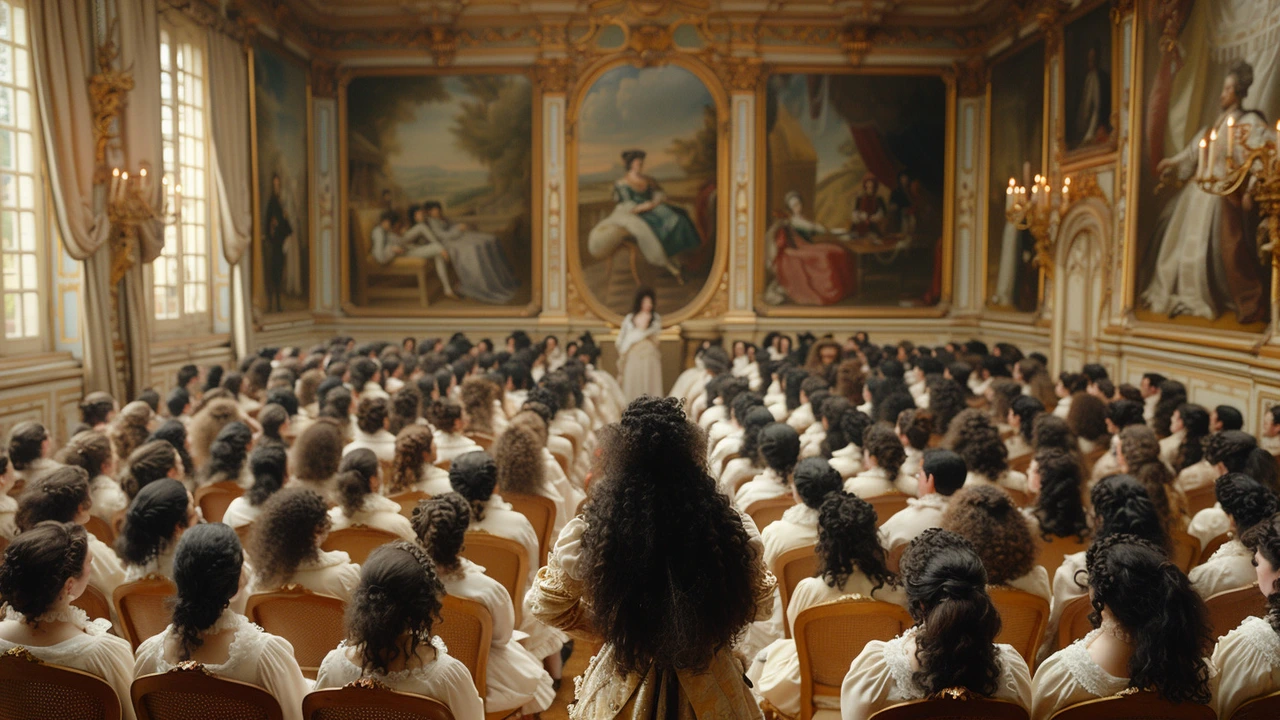Step into my latest exploration - the intriguing and elegant world of Rococo art. Through this comprehensive guide, I aim to unravel the astounding beauty that lies within this 18th-century French art style. From architects to painters, this guide will introduce you to the masters of the Rococo era, their distinguished techniques, and their most iconic works. Join me and be ready to appreciate this grandeur packed with complexity and elegance, as we together embark on a journey through art history.
Architectural Styles Guide: Identify, Compare, and Appreciate Buildings
Want to tell a Roman arch from a Renaissance dome at a glance? Buildings are full of clues. This guide gives clear, useful tips to spot major styles, understand what they say about history and technology, and pick which articles to read next for details.
How to use this guide
Start with what stands out: columns, roof type, materials, ornament. Match one strong feature to a short group below—classical, revival, modern, or home styles. Then pick one linked article for a deeper look (for example: "Ancient Roman Architecture Techniques" or "Beaux-Arts Architecture: Timeless Glory").
Fast ID checklist
Ask these quick questions when you look at a building: Is there a dome or arch (look for Roman or Renaissance)? Are columns plain or heavily carved (Greek Revival vs. Beaux-Arts)? Is the structure glass-and-steel with exposed tech (High-Tech)? Do playful shapes and color pop up (Postmodern)? Is it a single-story, low-slung home (Ranch) or a handcrafted porch and woodwork (American Craftsman)?
Now, a short map of the main families and what they mean.
Classical and ancient: Think balance, stone, and engineering tricks. Ancient Roman works use arches, vaults, and concrete—these changed construction forever. Greek Revival borrows temple forms: columns and pediments. Read "Ancient Roman Architecture: Shaping Modern Civilizations" or "Greek Revival Architecture: Iconic Style" for examples and repair tips.
Revival and historic styles: Beaux-Arts, Renaissance Revival, Georgian, Baroque, and Colonial borrow older ideas but add local flavor. Beaux-Arts is grand and decorative, often used for public buildings. Colonial styles show how culture blends across regions. Good reads: "Beaux-Arts Architecture: Timeless Glory" and "Colonial Architecture: How Buildings Tell the Story of Cultural Identity."
Modern movements: These reacted to industry and new thinking. Bauhaus focuses on function and clean forms. Constructivist is bold and political. High-Tech puts structure and systems on display. Neo-Futurism and International Style push new materials and global simplicity. Check "Bauhaus Style" or "High-Tech Architecture: Transforming City Skylines."
Homes and everyday styles: Want practical cues? American Craftsman = exposed wood, built-ins, cozy porches. Ranch = single-story, open plan. Mid-Century Modern = clean lines and indoor-outdoor flow. Mediterranean Revival uses clay tile and arches. See "American Craftsman" or "Ranch-Style House Designs" for renovation ideas.
If you want to learn fast, pick one neighborhood, note repeating features, and match them to the checklist. Then read a single article from this page—each post here dives into one style with examples, history, and spotting tips. Ready to look at buildings differently? Start with one style and go from there.

